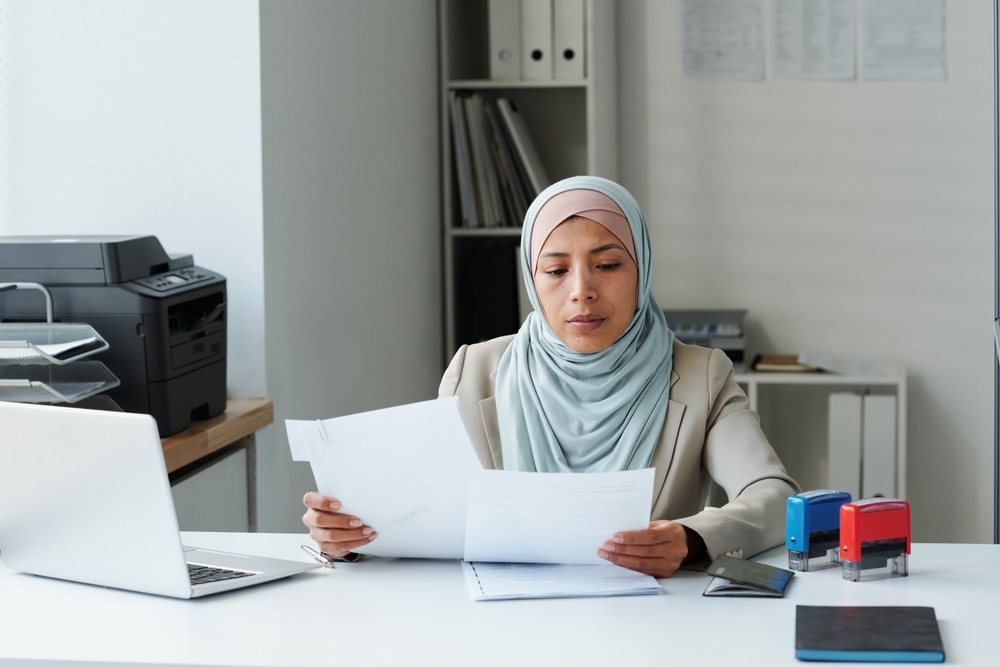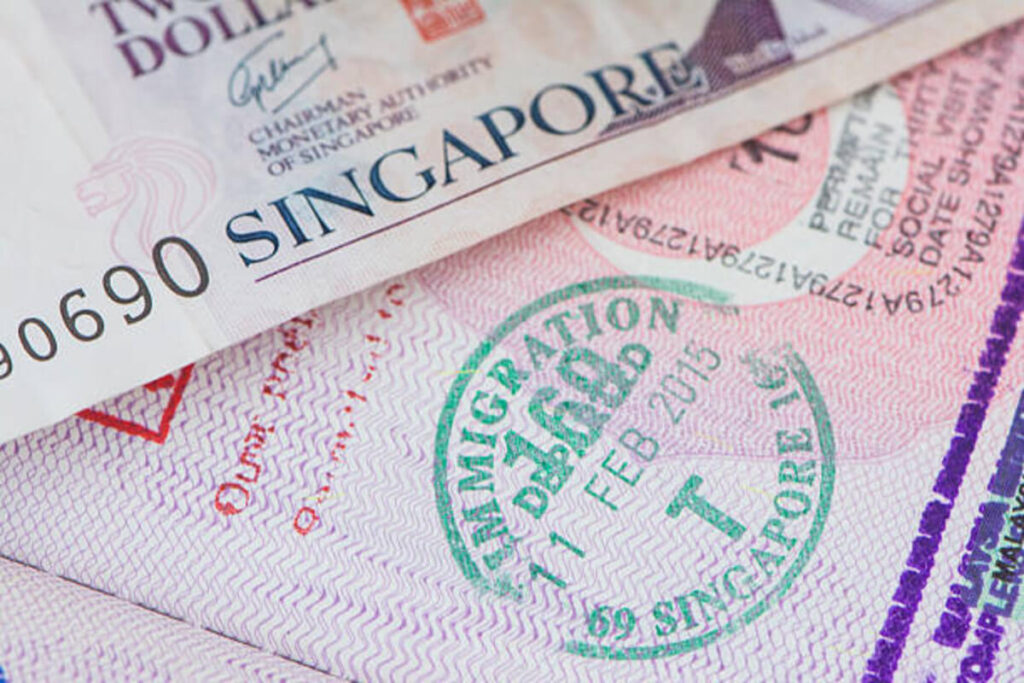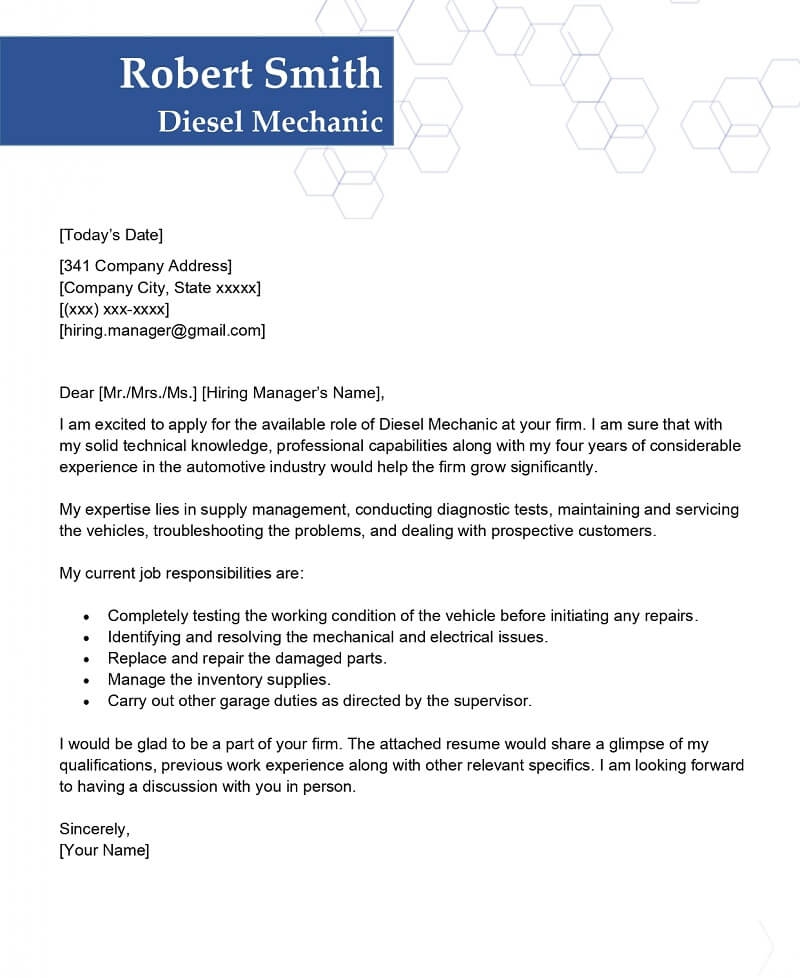Getting a visa rejected can be stressful, frustrating, and sometimes even confusing. Whether it’s for study, work, tourism, or family, having your application denied feels like a major setback. But it doesn’t have to be the end of your journey. Many people go through visa rejections and still manage to get approved later.
Advertisement
What matters most is knowing what went wrong, how to fix it, and how to approach your next application the right way. This guide will show you clearly and simply how to handle rejections and reapply for a visa successfully, without confusion or guesswork.
Understand Why Your Visa Was Rejected
Visa rejections often come down to a few key reasons: missing documents, weak financial proof, unclear travel plans, or poor interview performance. The first step is to read the refusal letter carefully. This letter tells you why your application was denied. Take notes on every point mentioned. Don’t guess the reason know it.

If the letter is vague, check your full application and compare it to the visa requirements. Knowing exactly what went wrong helps you avoid making the same mistake again. This clarity is the first and most important step toward a successful reapplication.
- Common reasons: incomplete documents, weak financial proof, unclear travel purpose, previous overstays, wrong visa type, or failure during the visa interview.
- Read the official refusal letter carefully.
- Match each rejection reason with a clear plan to fix it.
Read: Understanding Visa Sponsorship — What It Is and How to Get It
Fix the Problem That Caused the Rejection
Once you understand what caused the rejection, focus on correcting that issue. If your documents are incomplete, double-check and gather everything needed. If your financial proof wasn’t strong enough, include updated bank statements or add a sponsor. If the visa officer doubts your reason for travel, write a detailed explanation with proof of your intent and your return plans.
If you made mistakes during the interview, prepare better this time with clear, honest answers. Don’t just apply again without solving the problem. Fixing the issue shows effort, responsibility, and seriousness about getting approved this time.
- If documents were missing, gather complete and correct paperwork.
- If your financial proof is weak, add stronger bank statements, income proof, or sponsorship letters.
- If your travel purpose wasn’t clear, write a clear cover letter or purpose letter explaining your trip and your plans to return.
- If you were nervous or unprepared during the interview, practice your answers ahead of time with help from someone or using online resources.
Wait the Right Amount of Time Before Reapplying
In most cases, there’s no fixed waiting period to reapply after a visa rejection, but that doesn’t mean you should rush. Only apply again after you have fully addressed the reason for your denial. Reapplying too soon with the same weak documents or unclear explanations will likely lead to another rejection.
Take time to gather stronger documents, improve your application, and prepare yourself better. If your case involves legal or administrative delays, follow the specific guidelines given in your refusal letter. A careful and well-prepared second application has a higher chance of success than a rushed one.
- You can usually reapply right away unless told otherwise.
- However, only reapply after fixing what caused the rejection.
- Don’t rush. A repeated rejection hurts future chances.
Gather Stronger and Updated Supporting Documents
Good documents make a strong visa application. Start with solid financial proof like recent bank statements showing steady income and savings. Include an employment letter with your position, salary, and approved leave. Add proof of ties to your home country like a property deed, family responsibilities, or ongoing education.

If someone is sponsoring you, get a notarized sponsorship letter and their financial documents. Your travel plans should also be clear with a simple itinerary, hotel bookings, or return tickets if needed. Everything must be recent, real, and verifiable. Updated and complete documents reduce doubts and improve your approval chances.
- Bank statements: Show regular income, stable balance, and recent activity.
- Employment letter: Should include position, salary, and approved leave dates.
- Travel itinerary: Show flight bookings (if needed), hotel reservations, and day-by-day plans.
- Proof of ties to home country: Job, family, property, school, or business.
- Sponsorship letter (if applicable): Include full name, relationship, job status, and financial proof from your sponsor.
Read: Complete Guide to Securing a UK Skilled Worker Visa
Write a Strong Personal Cover Letter
A personal cover letter helps the visa officer understand your case better. Keep it short and focused. Start by explaining that you are reapplying after a previous rejection. Then clearly address the reason you were denied and what you’ve done to fix it. Be polite, honest, and confident.
Show how your situation has changed or improved. Explain your travel purpose, return intentions, and ties to your home country. This letter gives your application a personal touch and shows that you are taking the process seriously. It builds trust and helps the officer see the full picture.
- Explain why you are reapplying.
- Address the reason for your past rejection.
- Show what has changed or improved in your case.
- Keep it short, clear, and polite.
Be Honest and Confident in the Reapplication Form and Interview
When reapplying, always mention your previous rejection. Visa officers have access to your application history, and hiding it may damage your credibility. Fill in the new form carefully. Keep your answers clear and truthful. During the interview, don’t memorize a script. Listen to the question and answer confidently, based on facts.
Practice common questions if needed, but keep your responses natural. If your documents are strong and you speak with honesty, you’ll make a better impression. Confidence, preparation, and truthfulness can make a big difference. One mistake fixed and explained properly can turn a rejection into an approval.
- Don’t hide your past rejection. Visa officers already know.
- Be clear, calm, and confident.
- Answer all questions directly and truthfully.
Consider Professional Help If Needed
If your case is complex or your visa has been rejected multiple times, consider getting expert help. A licensed visa consultant or immigration lawyer can review your past applications and help you prepare a stronger one. They understand the process and can spot issues you might miss.
They can also guide you in gathering the right documents and preparing for interviews. While it’s possible to reapply by yourself, professional help can give you an extra edge. Choose someone experienced and trustworthy. Their advice could be the difference between another rejection and finally getting your visa approved.
- A visa consultant or immigration lawyer can guide you if your case is complicated.
- They can help check your documents and prepare you for interview questions.
Double-Check Everything Before Submitting Again
Before reapplying, go over your application like a visa officer would. Check every form field, spelling, and document. Make sure your information is complete and consistent. Confirm that your documents are dated, readable, and meet all the listed requirements. Look for expired items or outdated statements and replace them with fresh copies.

Review your cover letter and itinerary. Save backup copies of everything you’re submitting. Attention to small details shows that you’re serious and well-prepared. A simple oversight, like a missing document or wrong date, can lead to another rejection. Take this step seriously to avoid repeat mistakes.
- Ensure no errors, spelling mistakes, or missing fields in your form.
- Check document formats, size limits, and submission deadlines.
- Keep copies of all documents and your application.
Read: Top 5 Visa Options for Professionals Moving to the UK
A visa rejection is not the end of your travel plans. To improve your chances the next time, start by understanding why your visa was denied. Fix the specific issues, gather stronger documents, and prepare better for your interview. Be honest, confident, and clear in your reapplication.
Write a short cover letter explaining what has changed since your last attempt. If needed, get help from a visa expert. With the right steps and preparation, you can increase your chances of success. This simple guide explains how to handle rejections and reapply for a visa successfully without stress or confusion.


